I very much enjoyed Charlie Morley’s keynote talk at the Mindfulness Association conference last month. His topic was stress and trauma related sleep problems and how to address them. For more information about his work, please see his new website. This was of interest to me as I am not a relaxed sleeper, but a teeth grinder.
I tend to do my practice first thing in the morning. Then I work during the day and don’t generally take time to relax and destress before bedtime. I often find myself dreaming about intractable (but nonsense) work problems in my dreams.
Initially, after the conference I began practicing coherent breathing and yoga nidra, as a way of reducing stress, before going to sleep. I found this very useful.
I did the coherent breathing to a track I downloaded from iTunes for 79p. The tracks has ambient sound plus a Tibetan bowl chiming every 6 seconds or so to signal a turn of the breath. The practice involves breathing in for 6 seconds or so and then breathing out for 6 seconds or so, in order to take around 5 breaths in a minute. After doing this for around 10 minutes our nervous system, in particular our stress response, is calmed. Some people also report pain easing after breathing in this way for 10 minutes.
I also regularly followed a 45 minute Yoga Nidra track, again downloaded from iTunes and found this very relaxing too.
These are both great tools to add to the de-stressing tool box.
After my recent retreat, one of my intentions was to begin a diligent practice of mindfulness of dream and sleep, which I have been doing. I have tried this before and found it beneficial, but this time my intention is to practice diligently. One of things that put me off last time was discovering how bonkers my dreams were. I found this revelation rather disconcerting.
However, I am convinced that becoming more aware of the content of my dreams and training to become lucid in my dreams is important for my personal and spiritual growth. Dreams are a way for our unconscious mind to communicate with us some of the themes we need to address in our daytime mindfulness and insight practice. In particular, it can communicate to us some of the shadow aspects of our psyche which it would be beneficial to recognise and accept. Lucid dream practice provides an excellent opportunity to integrate these shadow aspects.
The first step is to cultivate my ability, which is generally poor, to recall what I was dreaming about. I have been doing this for a couple of weeks now and I am already able to recall a lot more of what I was dreaming about, although there is still a very long way to go. Charlie’s books and courses are an excellent guide.
However, with the coherent breathing, Yoga Nidra and dream and sleep practice I am already experiencing more relaxation during my sleeping hours. I am also finding that my mind is settling a lot more quickly in my morning meditation practice. It seems that the mindfulness I am beginning to apply during the night are seeping over into my experience the next morning. I am pretty happy with that!
Kind Wishes
Heather


